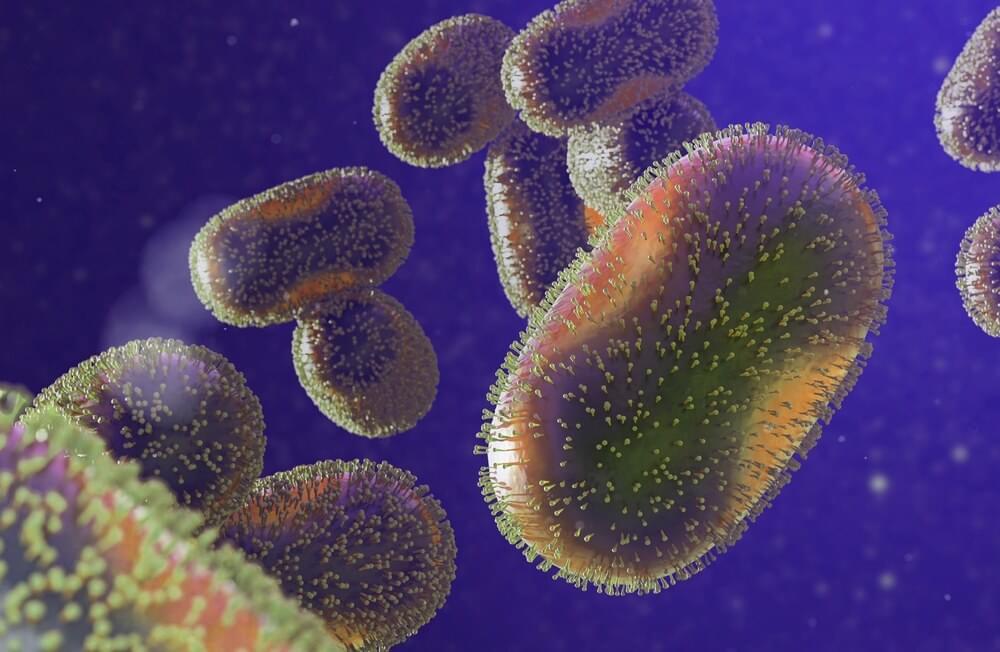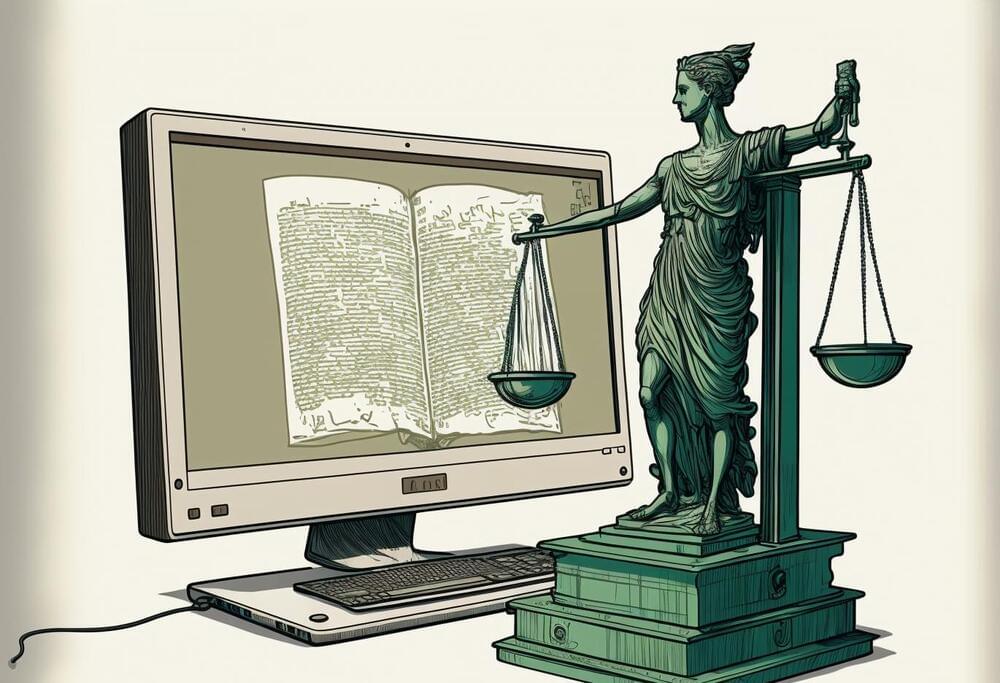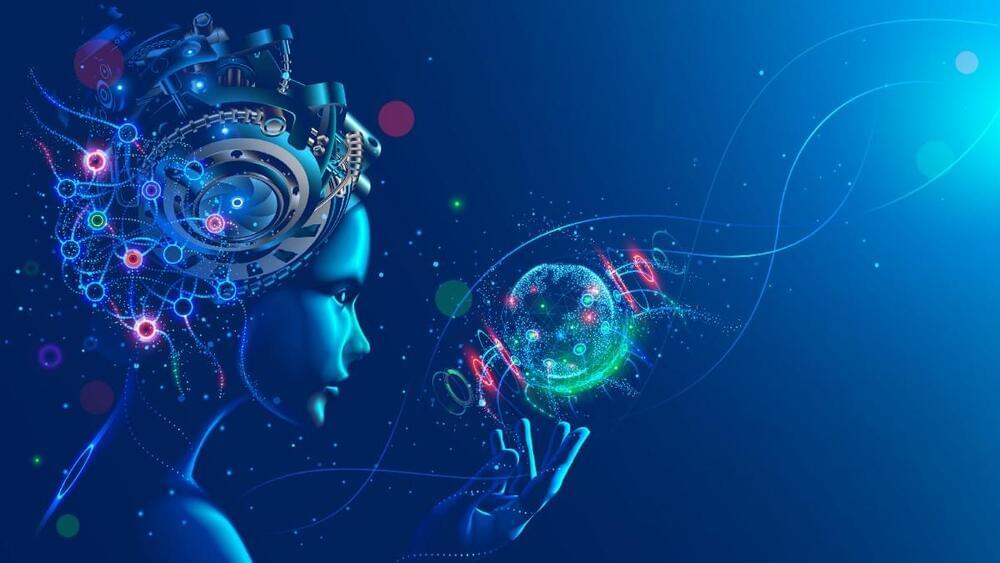H umans are at the center of most discussions about both the environment and technology. One goal of sustainability is to ensure that future generations of humans have opportunities to thrive on planet Earth. Debates about the ethics of technology often focus on how to protect human rights and promote human autonomy.
At the same time, some conversations about the environment and technology are now taking humans out of the equation. As Adam Kirsch points out in a new book, “The Revolt Against Humanity: Imagining a Future Without Us,” people in two very different schools of thought are coming to a similar conclusion: that the world might not have people much longer and might be better off as a result.
Kirsch takes readers on a guided tour of the discussions in these two camps. “Antihumanists” are obsessed with our having sown the seeds of our demise and bringing environmental apocalypse upon ourselves — possibly even deserving to go extinct. “Transhumanists” are obsessed with maintaining control and envision a future in which we use technology to become something greater than homo sapiens and even cheat death itself.









